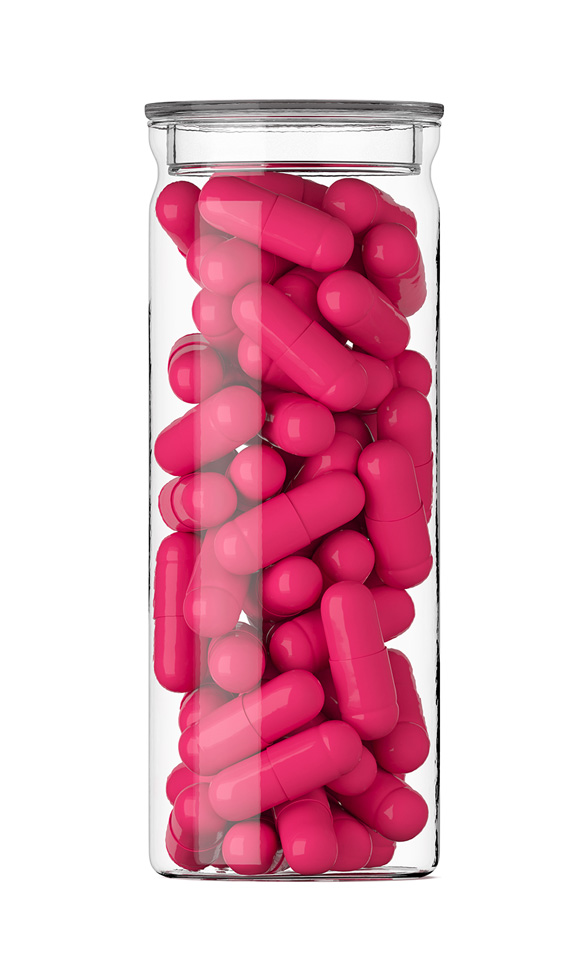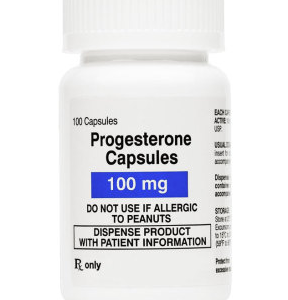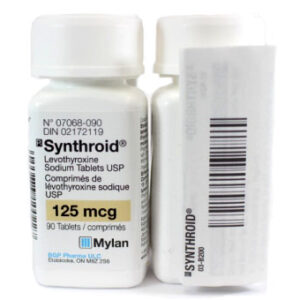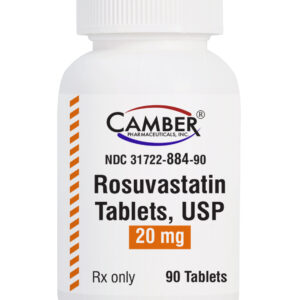Finasteride
Mechanisms of Action
Finasteride is a synthetic 4-aza analog of testosterone that acts as a competitive, specific inhibitor of type II 5-alpha-reductase, an intracellular enzyme that converts testosterone to the potent androgen 5-alpha-dihydrotestosterone (DHT). The type II 5alpha-reductase isozyme is primarily found in prostate, seminal vesicles, epididymides, and hair follicles, as well as liver. The type II isozyme is responsible for two-thirds of circulating DHT. DHT is the primary androgen that stimulates the development of prostate tissue. When used for the treatment of benign prostatic hyperplasia, as the enzymatic conversion from testosterone to DHT is inhibited, a desirable reduction in prostate hypertrophy is achieved, and urine flow should be improved. In male pattern hair loss, the balding scalp contains miniaturized hair follicles and increased amounts of DHT compared with hairy scalp. Finasteride decreases scalp and serum DHT concentrations, thus interrupting a key factor in the development of androgenetic alopecia in those patients genetically predisposed. Finasteride does not appear to affect circulating concentrations of cortisol, estradiol, prolactin, thyroid-stimulating hormone, thyroxine or cholesterol. Research to date also suggests that finasteride does not affect the hypothalamic-pituitary-testicular-axis.
Contraindications & Precautions
Finasteride is not FDA-approved for use in females of childbearing potential and is contraindicated during pregnancy. Finasteride may cause fetal harm. Finasteride and other 5-alpha-reductase inhibitors, by inhibiting the conversion of testosterone to DHT, have the ability to cause abnormalities in the external genitalia of the male fetus. Pregnant women or females trying to conceive should not handle crushed or broken finasteride tablets. The distribution of finasteride into human semen has been assessed and appears to be well below the threshold concentration associated with fetal anomalies in animals.
Interactions
Please discuss with your healthcare provider.
Adverse Reactions
Adverse reactions to finasteride are generally mild and transient. In a long-term (4 years) clinical trial in men with benign prostatic hypertrophy (BPH) , the most frequently reported adverse reactions to finasteride were related to sexual function. At 1 year, the adverse reactions reported to be drug-related were impotence (erectile dysfunction), decreased libido, decreased ejaculate volume, ejaculation dysfunction, breast enlargement, breast tenderness (mastalgia), and rash (unspecified).
Storage
Store this medication at 68°F to 77°F (20°C to 25°C) and away from heat, moisture and light. Keep all medicine out of the reach of children. Throw away any unused medicine after the beyond use date. Do not flush unused medications or pour down a sink or drain.





